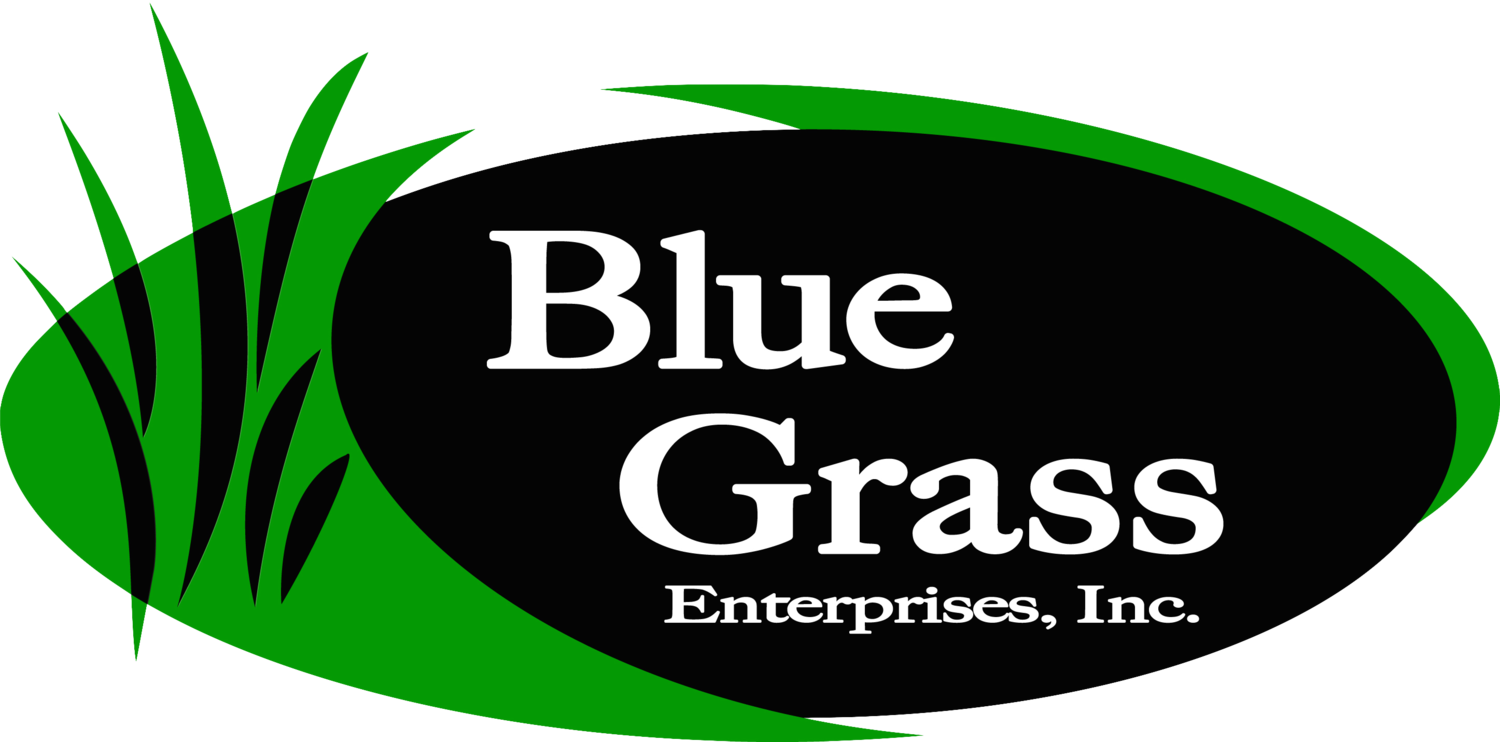Removing 3" cores of soil from your lawn (aerating) can help make your lawn healthier and reduce maintenance requirements. We recommend aerating at least once a year for general maintenance and at least twice a year if you are trying to correct soil compaction issues resulting from new construction or other compacting conditions.
Benefits of aeration
One action can reduce soil compaction, runoff, and puddling while minimizing the risk of disease outbreak and knee and head injuries. That same action will also improve organic matter, soften falls, strengthen the plants, reduce erosion, and help your lawn absorb more CO2 while producing oxygen.
Core aeration is a win-win-win-win-win (you get the idea) situation.
A note about dethatching
We do not recommend dethatching a lawn except in certain, very specific conditions. Removing thatch in such a violent way typically does more harm than good. Additionally, if your goal is to reduce thatch in the lawn, aeration is what you should do to actually treat the problem (soil compaction), rather than simply treating a symptom (thatch removal).
Timing
Lawns benefit from annual aeration. The best times to aerate are in March or April or in September and October. In the spring, it is best to aerate before you apply pre-emergence weed controls. In the fall, you are less likely to introduce weed seeds into the lawn. It is best to apply a starter fertilizer prior to aeration to help your lawn recover. If it is dry, water the lawn after aeration to help reduce stress on the plant and break down the plugs faster.
What You Can Expect
Immediately after aeration, your lawn will be dotted with small plugs pulled from the soil. Within two weeks, the clumps break apart and disappear into the lawn (especially after mowings).
About 7 to 10 days after aeration, the aerification holes will be filled with white, actively growing roots; this growth is a sign the turfgrass is receiving additional oxygen, moisture, and nutrients from the soil.
You will see an immediate difference in water puddling and runoff after irrigation or rainfall. After aeration, your lawn should look healthier between waterings.
After incorporating aeration into your annual practice, your lawn will show enhanced heat & drought tolerance.



